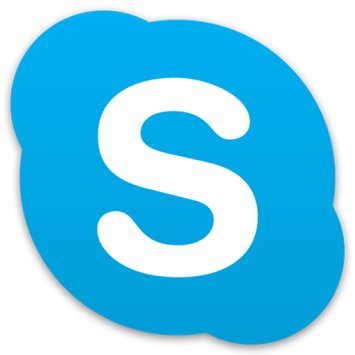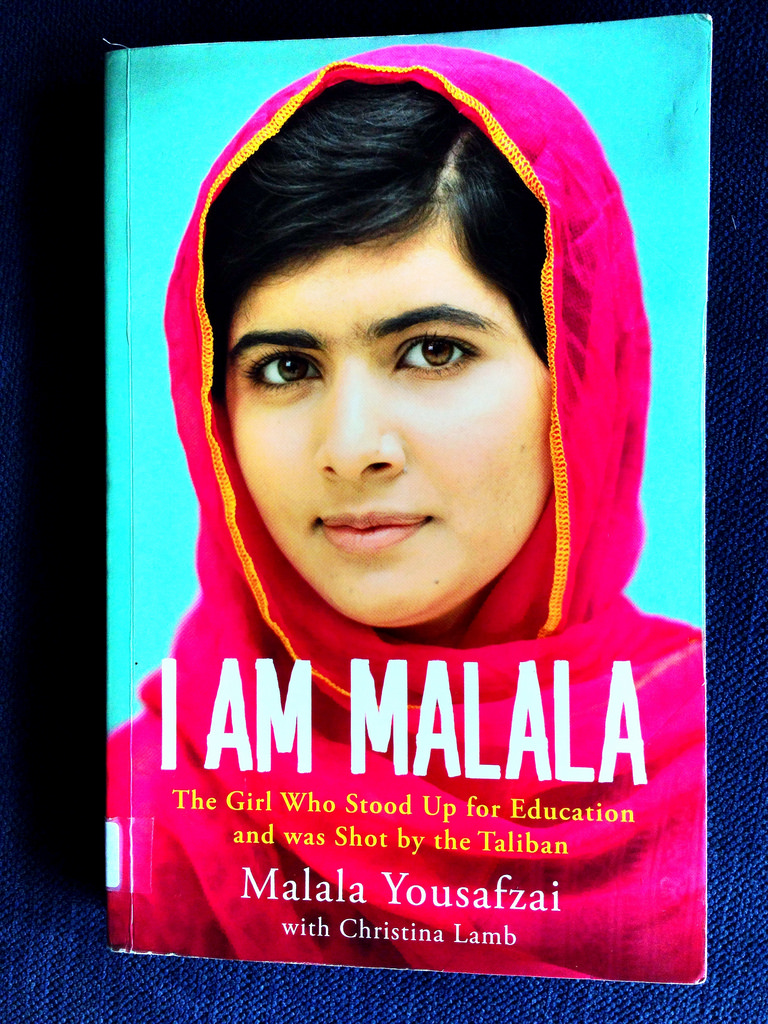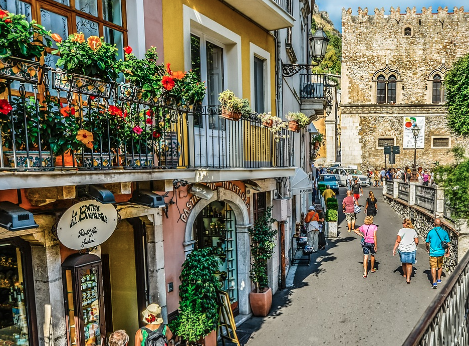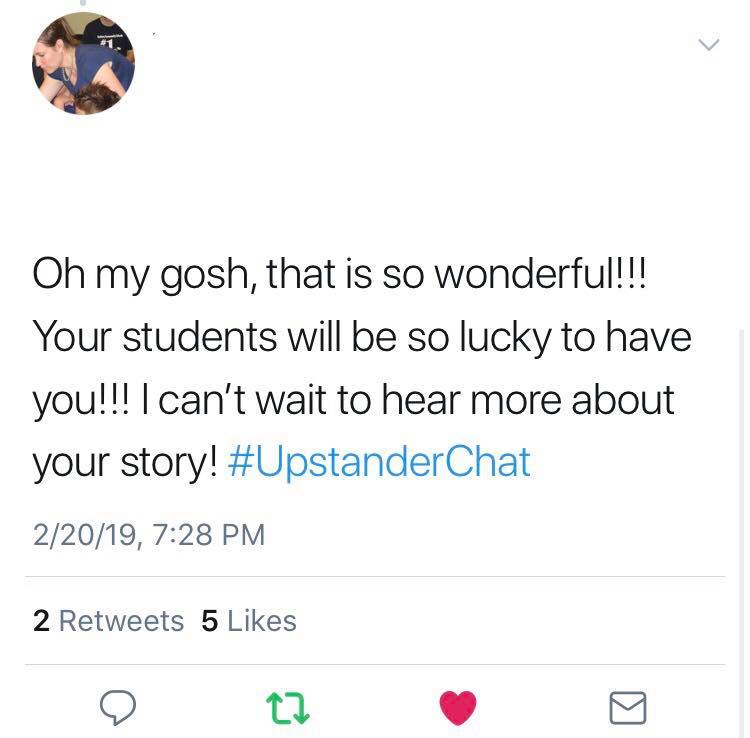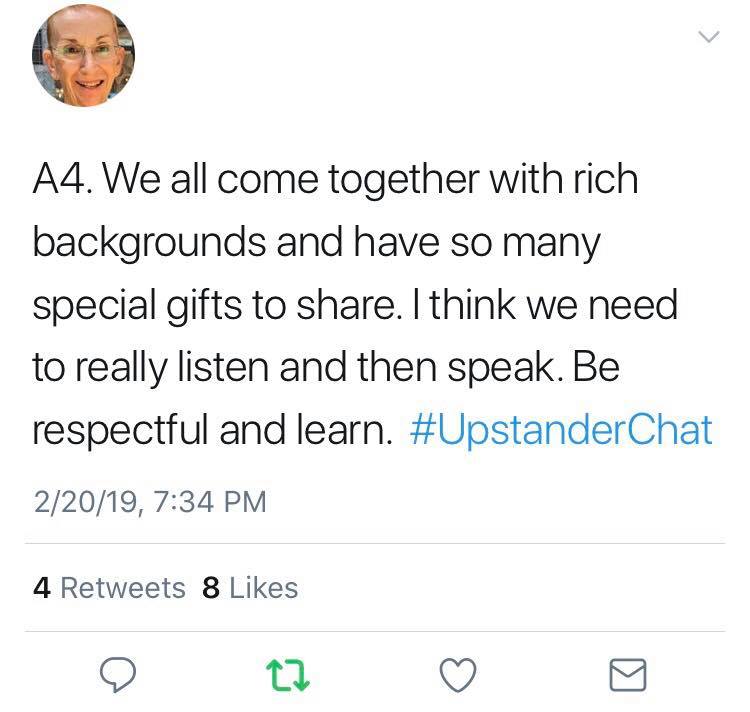One of the best ways to adjust as a new educator is learning by example. What works for other individuals, may also work for you. This can be a copied lesson plan, a video that sparks a new idea or simply reading about topics you never ponded on before. The chapter we covered this week, “Take Learning Global Case Studies” covered the experience of ten separate educators as they explained their take on global learning – whether it be through organizations, conferences or global schools. Here are the contents behind two of these brief curriculum explanations:
Case Study 4.3 – THINK Global School
Learning to Be Global While Living Globally. This school consists of 12 teachers and 60 students at a high school level who move each semester, relocating and re-developing a curriculum based on their new environment. Not only do the students learn the typical information they would in a classroom setting but they also focus on digital branding and online profiles which is a major form of global learning. I found it fascinating that not only are these students being put out of their comfort zone by exploring areas unfamiliar to them and learning through experience, but they are also learning how to connect to others on a technological level as well. By having interactions with host countries students they get to understand how others live which will impact them more than the average classroom material. I’m not sure if the program is necessarily more advanced then every other school other than the fact that it is more learning through your surroundings and critical thinking rather than textbooks. I can’t help but wonder how it is funded and whether it is practical for a majority of young learners but it definitely sounds like an impactful program. This video covers how they aim to attend to their students for the 12 countries they will call “home” during the 12-trimester program.
Case Study 4.8 – VIF International Education
This program brings international teachers into schools in the USA and focuses on creating educational programs for students. By exposing students to different cultures and individuals the global learning is being brought right into the classroom setting. I love the idea of this because unlike the THINK Global School it allows the students to stay in their everyday life, without relocating, which is more realistic for allowing these lessons to occur. In my future classroom, I strive to be able to connect with other educators worldwide and expose my students to their beliefs and viewpoints. As educators, learning how other countries teach also expands our own viewpoints towards lessons. In order to better explain their mission, below is a video in which they expand on their education foundation of global learning.
Throughout the chapter, we learn there are many different opportunities to take advantage of global collaboration. These students are not only be exposed to new technology, however, but they are also emerging themselves in a new culture for a first-hand perspective of the world surrounding them. They are learning how to connect to individuals on a personal level, whether they are the guest in that country or the guest is their educator in their own country. For now, these lessons are rare and should be viewed as a privilege. I hope one day they are more common and a majority of our students are able to take on the role of global learners outside of the classroom. The more our youth are exposed to the world in which we live, the more likely they are to continue in making a difference in the global community.
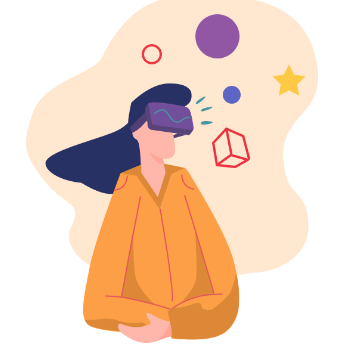
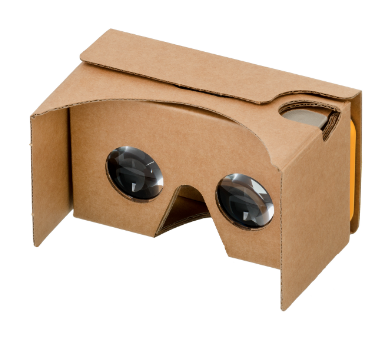

 This story may be found
This story may be found  This story may be found
This story may be found  You can find this story
You can find this story  e with other classmates. Websites such as Google Classroom, Google Docs and Skype can be used to increase their confidence in communicating with others.
e with other classmates. Websites such as Google Classroom, Google Docs and Skype can be used to increase their confidence in communicating with others.
